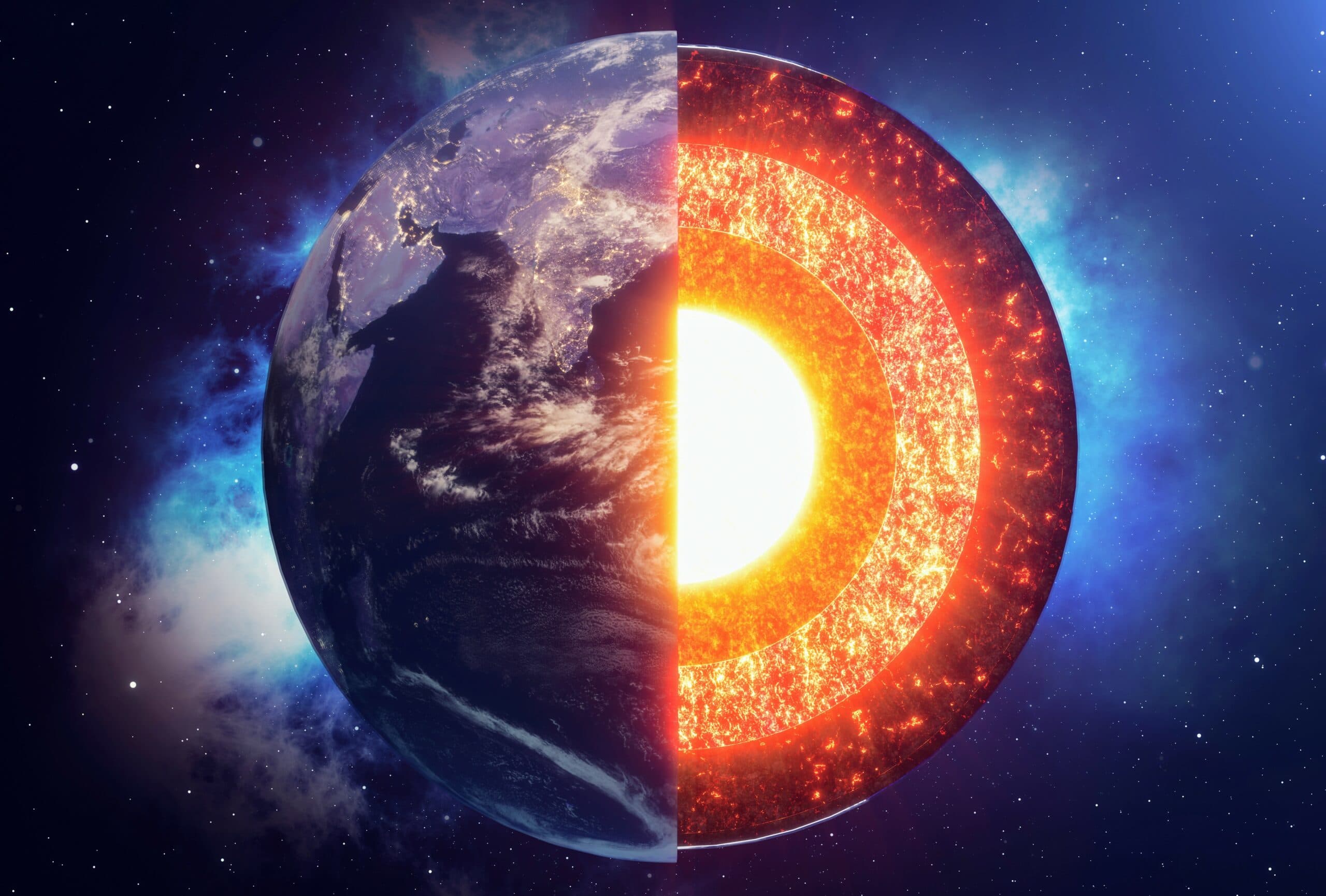
Earth’s outer core may be its largest carbon reservoir
New research conducted by scientists from Florida State University and Rice University has revealed that the Earth’s outer core could be our planet’s largest carbon reservoir, containing 93 to 95 percent of the total amount of terrestrial carbon.
Together with hydrogen and oxygen, carbon is one of the most important chemical elements on Earth, and plays a key role in making terrestrial life possible.
“It’s a natural question to ask where did this carbon that we are all made of comes from and how much carbon was originally supplied when the Earth formed,” said study co-author Mainak Mookherjee, a professor of Geology in the Department of Earth, Ocean, and Atmospheric Science at FSU.
“Where is the bulk of carbon residing now? How has it been residing and how has it transferred between different reservoirs? Understanding the total inventory of carbon is what this study gives us insight to.”
Since humans cannot access the Earth’s core directly, they must use indirect methods to analyze its composition. To determine how much carbon is contained in the Earth’s core, the researchers used computer models.
The team simulated different compositions of iron, carbon and other light elements (including oxygen, sulfur, silicone, hydrogen, and nitrogen) at the temperature and pressure conditions of the Earth’s outer core, and compared them to the known speed of compressional sound waves that are traveling through the Earth.
“When the velocity of the sound waves in our simulations matched the observed velocity of sound waves travelling through the Earth, we knew the simulations were matching the actual chemical composition of the outer core,” said study lead author Suraj Bajgain.
Based on the computer model simulations, the scientists estimated that 0.3 to 2 percent of the Earth’s outer core consists of carbon. This is quite an impressive amount, considering the immensity of our planet’s outer core.
More precise knowledge of how much carbon exists on Earth will help to clarify the chemical composition of our own planet, as well as that of other rocky planets throughout the universe.
The research was sponsored by the National Science Foundation and NASA and published in the journal Nature (Communications: Earth and Environment).
–—
By Andrei Ionescu, Earth.com Staff Writer












